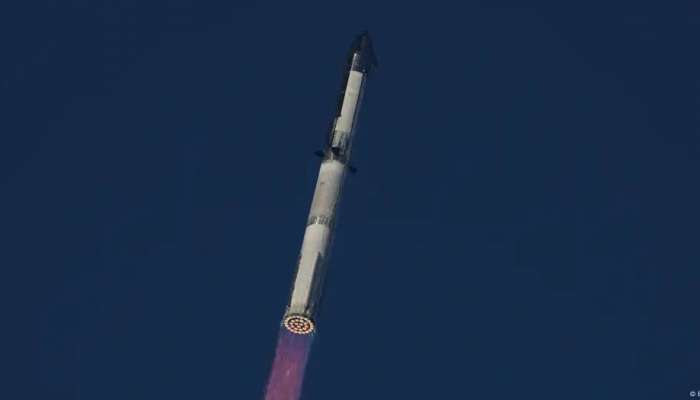
Texas: SpaceX’s Starship rocket completed its tenth test flight on Tuesday, deploying dummy Starlink satellites and testing new heat shield tiles.
Starship is central to NASA’s plan for a crewed lunar landing and to Tesla billionaire Elon Musk’s goal of making spaceflight fully reusable and capable of carrying humans to Mars.
The 123-metre (403-foot) vehicle lifted off at 7:30 p.m. EDT (2330 GMT) and separated from its Super Heavy booster three minutes into flight.
Roughly 30 minutes later, it demonstrated satellite deployment for the first time by ejecting eight dummy Starlink units through its new "Pez"-style dispenser.
On reentry, upgraded heat shield tiles were tested successfully before the spacecraft splashed down in the Indian Ocean.
Musk has said the toughest hurdle is developing a reusable heat shield. Unlike the Space Shuttle, which took months to refurbish, Starship’s shield must be reused immediately. Another untested step is orbital refueling with super-cooled propellant, essential for deep-space missions. Both remain critical development milestones.
How does Starship fit into Elon Musk's Mars vision?
Musk has described Starship as the backbone of his plan to make humanity multiplanetary. He sees the rocket's sheer size, power, and full reusability as critical for ferrying people and cargo the moon and eventually to Mars.
NASA has chosen Starship as the vehicle to deliver Artemis astronauts to the lunar surface, the first such landing since the Apollo program. Success in Tuesday's test brings the rocket one step closer to proving it can handle the complex maneuvers and durability needed for deep space missions. The agency is closely monitoring each milestone to ensure timelines for the Artemis program can be met.